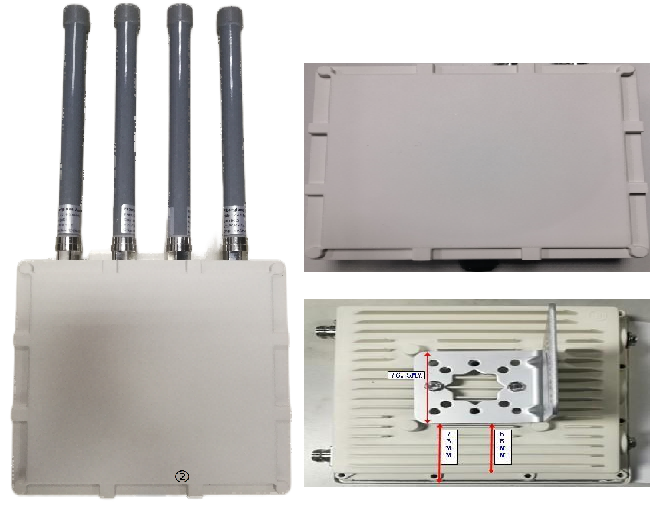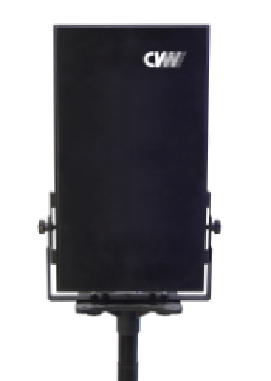The broadcasting and television industry has high requirements for zero latency video transmission technology. The broadcasting and television industry refers to the broadcasting and television industry, including the production, transmission, and broadcasting of broadcasting and television programs. In the broadcasting and television industry, the real-time and stability of video transmission are very important, so there are several requirements for zero delay video transmission technology.
Firstly, the broadcasting and television industry requires high-quality video transmission capabilities for zero latency video transmission technology. The production and broadcasting of radio and television programs need to ensure the clarity and stability of the video to provide a good viewing experience for the audience. Therefore, zero delay video transmission technology needs to be able to transmit high-quality video signals, ensuring the clarity and color reproduction of the video.
Secondly, the broadcasting and television industry requires low latency transmission capabilities for zero latency video transmission technology. The production and broadcasting of radio and television programs require real-time performance without significant delays. Especially in live programs, viewers need to be able to watch the program content in real time without significant delays. Therefore, zero latency video transmission technology needs to be able to achieve low latency video transmission, ensuring that viewers can watch program content in real-time.
In addition, the broadcasting and television industry also requires stable transmission capacity for zero latency video transmission technology. The production and broadcasting of radio and television programs need to ensure the stable transmission of video signals to avoid problems such as screen lag and signal interruption. Especially in high-definition video transmission, there are higher requirements for network bandwidth and transmission stability. Therefore, zero delay video transmission technology needs to be able to ensure stable transmission of video signals and avoid problems such as image lag and signal interruption.
Finally, the broadcasting and television industry also requires high security for zero latency video transmission technology. The production and broadcasting of radio and television programs involve issues such as copyright protection and content security, and it is necessary to ensure the safe transmission of video signals. Therefore, zero delay video transmission technology needs to provide a secure transmission channel and encryption mechanism to protect the security of video signals.
In summary, the broadcasting and television industry has high quality, low latency, stability, and security requirements for zero latency video transmission technology. These requirements are to ensure that the production and broadcasting of radio and television programs can provide a high-quality viewing experience while protecting the security of video signals. With the continuous development of technology, it is believed that zero delay video transmission technology will continue to improve, bringing better development opportunities for the broadcasting and television industry.

 Multi-camera wireless video transmission
Multi-camera wireless video transmission Zero Latency Wireless Video Transmission
Zero Latency Wireless Video Transmission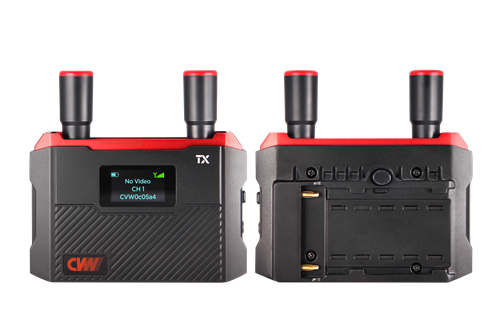
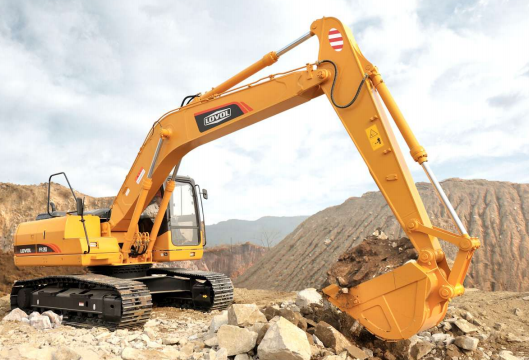 Designed for teleoperating the heavy equipment
Designed for teleoperating the heavy equipment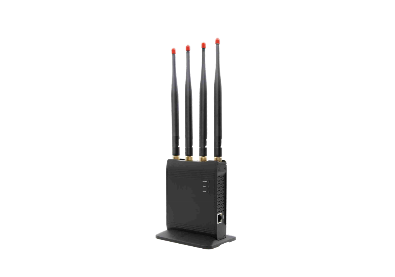 Wireless high-speed data transmission
Wireless high-speed data transmission